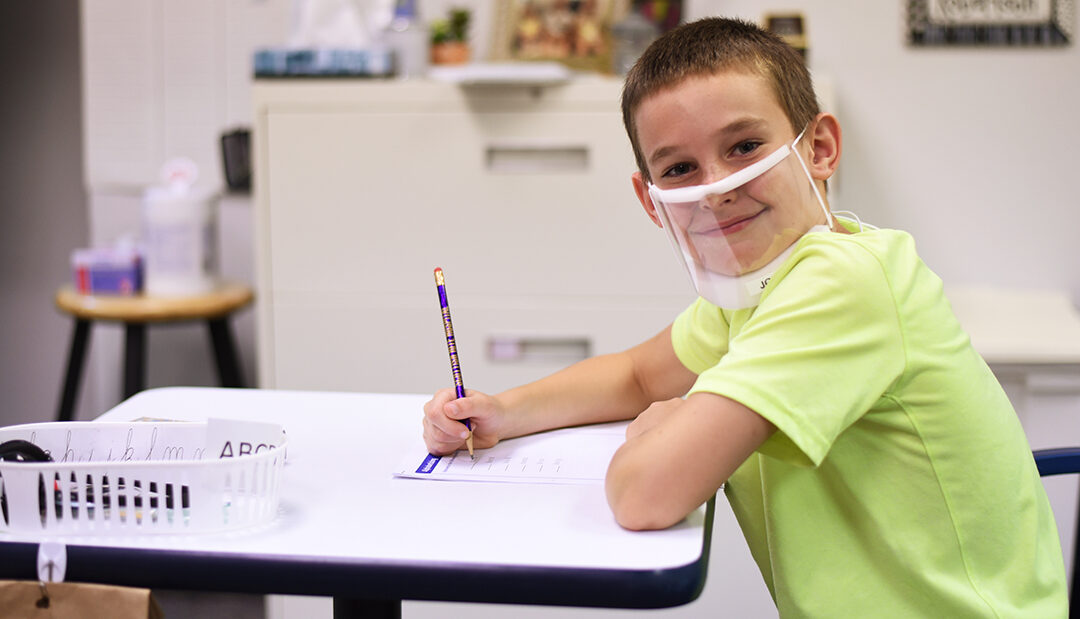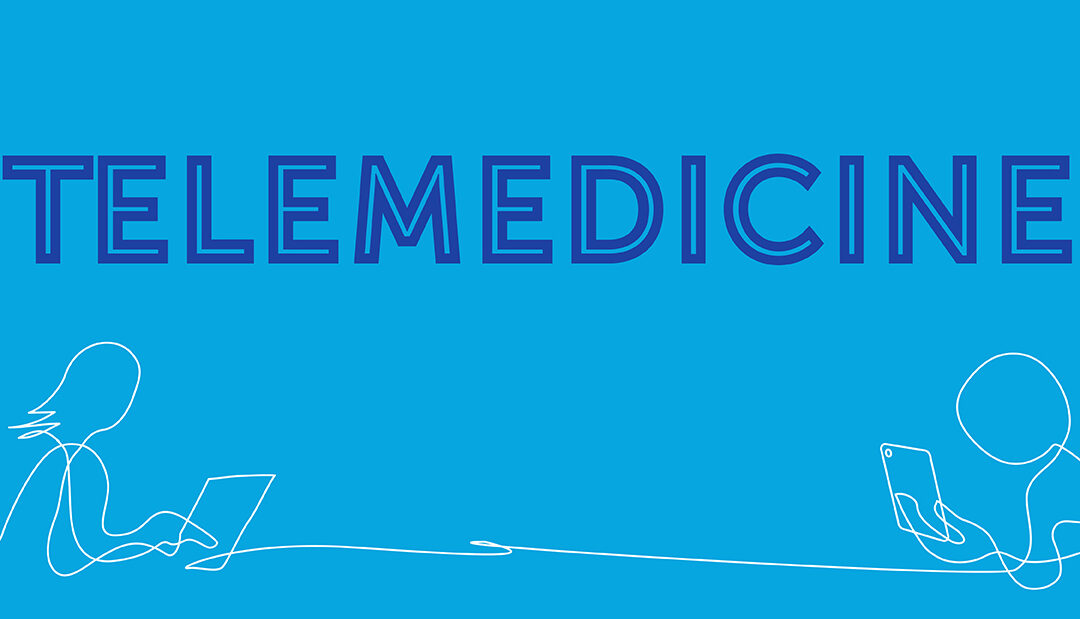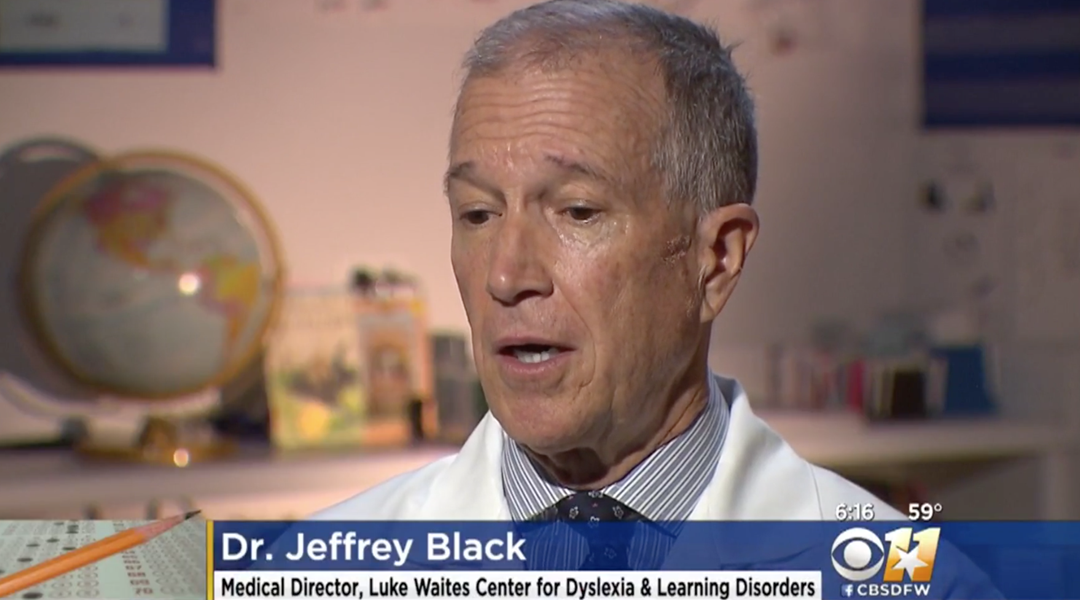
Dyslexia – The Evaluation Process
The process
- Parents/guardians apply for our services. Click here for the online application or call 214-559-7815 to have a copy mailed or emailed to you.
- As part of the application, parents will send in educational information (report cards, benchmark measures, previous testing). We want to ensure we can integrate all previous pieces to get a good idea of what your child needs.
- A few weeks after your application is approved, you will receive a packet of parent and teacher questionnaires in the mail. Once you complete all of these pieces, return them to us. We will schedule your child for evaluation soon after you return everything requested.
Day of evaluation – what can my child expect?
- Upon arrival, you and your child will have your temperatures taken. Please make sure you are both are wearing a mask. Our Security team will direct you to the A bank elevators and to the fourth floor. Once upstairs, you will follow the signs to the Luke Waites Center for Dyslexia and Learning Disorders.
- Just outside our doors, you will see the airplane mural. We firmly believe that each child has the potential to soar once we find the right path for them.
- Each child will work with a team member who already knows a lot about them from the paperwork submitted beforehand.
- Once in the testing setting, we have large safety glass partitions in place. At this time, we are able to remove our masks.
- Testing will take two to four hours depending on your child’s age and academic needs. They will get a 10-15-minute break about halfway through.
- While visiting with us for the first appointment, your child will also interact with our nurse. Nurse Marilyn will check their height, weight, vision and hearing – just like a school nurse.
- During the second visit with us, which is currently online, we will visit with parents about all of your child’s hard work! We will discuss how to best support your child at home and at school. As a team, we will help determine what your child needs to make learning as friendly as possible.
What can parents expect?
- Once we take your child back for their assessment, you will have between two and four hours in the waiting room.
- The second appointment, which is currently provided online, is when you will do the work. We will ask you many questions to ensure we completely understand your child’s background and your current questions/concerns.
- In the context of the second appointment (“Clinic Visit”), we will walk you through your child’s testing performance, as well as providing diagnoses and recommendations for next steps.
- While visiting, we encourage you to ask questions. There can never be too many questions when it comes to your child and their needs.
- You will receive a packet of information with helpful guides and a formal report to share with your child’s educators and whomever else might need to know more about how to support your child.
- We encourage you to contact us if you have any questions along the way.
Learn more about the Luke Waites Center for Dyslexia and Learning Disorders.




